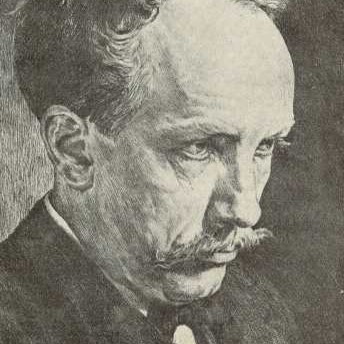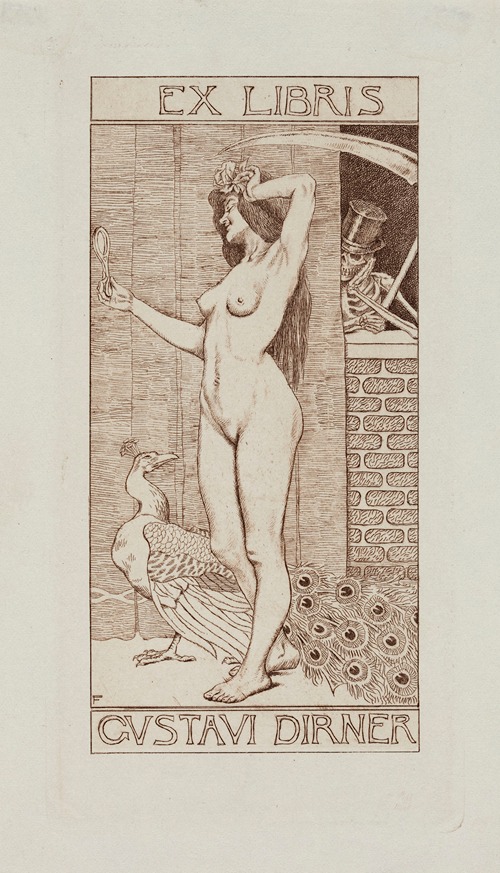

József Faragó
József Faragó (Fränkel) was a Hungarian graphic artist (copperplate engraver and caricaturist). He was friends with the founding members of the Nagybánya artists' colony and often exhibited with the Nagybánya painters.
He was destined to become a merchant, but his wealthy patrons enabled him to travel to Munich and then Paris to study painting, both abroad and at home. From 1886, he was a student of Simon Hollósy in Munich.
In Germany, more and more of his caricatures were published in the contemporary German satirical magazine Fliegende Blätter. In 1889, he studied in Paris, then was invited to work for the New York satirical magazine Puck. He lived in America from 1892 to 1894. Upon his return, he was the art director of the Hungarian satirical magazine Borsszem Jankó for a while, but he also worked for the rival satirical magazine Kakas Márton. He spent the last years of his life in Berlin. He committed suicide.
His paintings were first exhibited at the Műcsarnok (Art Gallery) in the winter of 1889–1990. In 1896 and 1901, they were exhibited at the National Salon. In December 1906, a posthumous exhibition of his works was held at the Könyves Kálmán Salon. He painted in Nagybánya and exhibited with the Nagybánya painters on numerous occasions, linked to them not so much by style as by friendship. He was friends with Károly Ferenczy, Béla Iványi-Grünwald, and even Simon Hollósy, although he considered Ferenczy, Grünwald, and Faragó to be aristocrats. As a popular caricaturist, his drawings were characterised by sharp social criticism. Several of his graphic works can be found in the collection of the Hungarian National Gallery.
